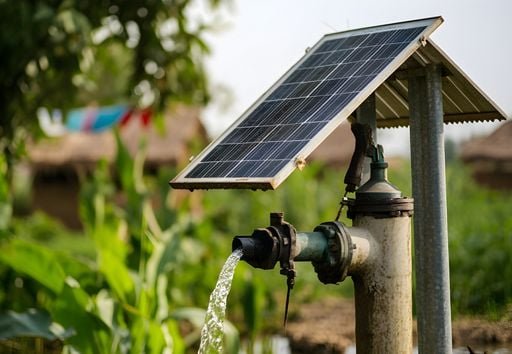Technology
Combating water scarcity: invention turns salty water into drinkable water using only sunlight
Is this a revolution in the seawater desalination process? Engineers at the Massachusetts Institute of Technology (MIT), in the United States, have created an innovative technique that transforms salt water into drinkable water using only solar energy.
#newsonleo #technology #energy

It is a prototype solar-powered desalination system that does not require extra batteries and can provide drinking water at low cost. see more details below.
Engineers have built a desalination system (removing salt from seawater and filtering it to produce drinking water) that works using only sunlight, eliminating the need for batteries to store energy or extra power sources.
And how does the invention work? it adapts to sunlight. Solar panels capture light to generate energy for the system. As sunlight increases during the day, the rate of desalination increases. If the light varies, such as the passage of a large cloud, cloudy days or simply dusk, the system reduces the speed at which it produces drinking water.
Salt water is pumped through a membrane that filters out salts. There, the electrodialysis method uses an electric field to extract salt ions from water as it is pumped through other membranes.
The system prototype was tested in groundwater wells in a community in the state of New Mexico, in the United States, for six months, and under different climatic conditions and types of water.
Tests showed that the system was able to harness around 94% of the solar energy generated by solar panels, managing to produce up to 5,000 liters of drinking water per day, enough to supply around 3,000 people.
The researchers' goal is to use this system to desalinate brackish groundwater, a salty source found in underground reservoirs. This is important given that freshwater reserves are overstretched due to scarcity around the world.
And the researchers are also planning to create a company in the coming months to commercialize the new technology. The expectation is that this innovation can be widely adopted, revolutionizing access to drinking water in regions where scarcity is a permanent problem.